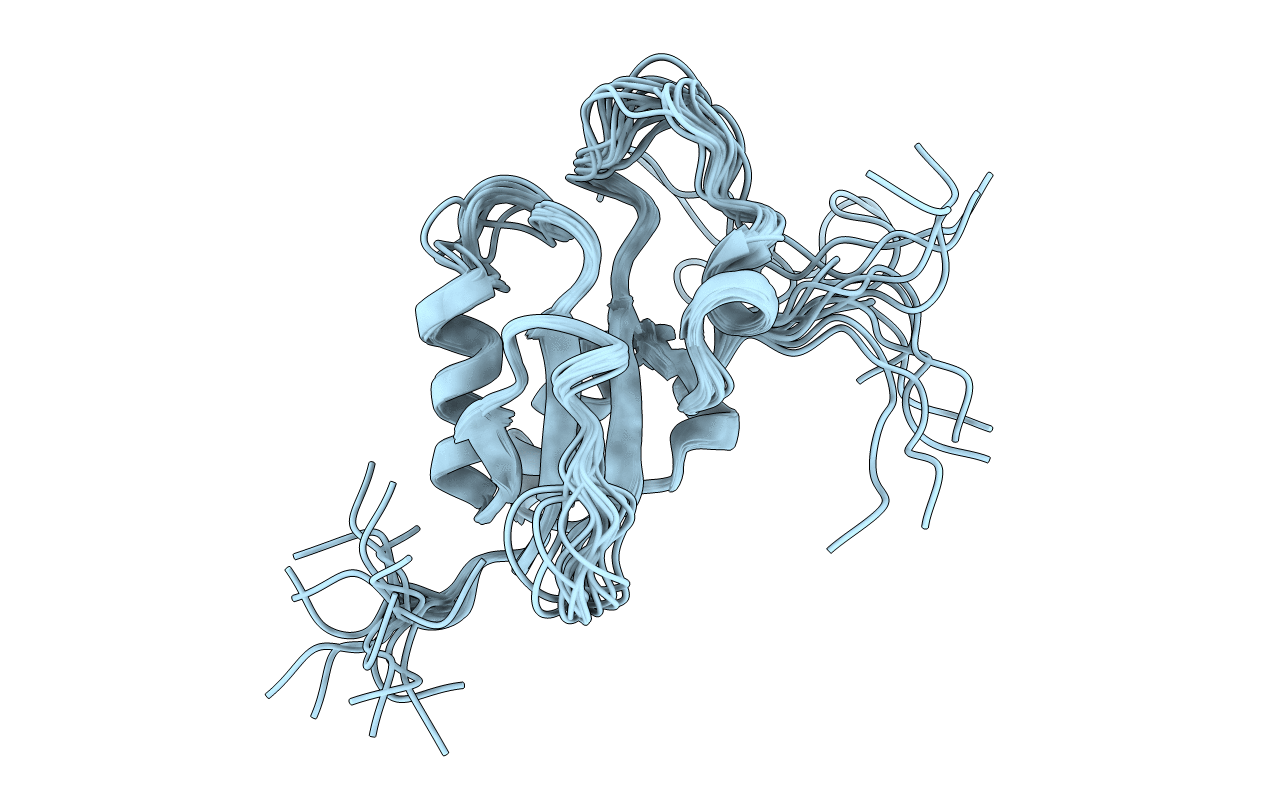
Deposition Date
2003-03-07
Release Date
2004-06-15
Last Version Date
2024-05-22
Entry Detail
PDB ID:
1OQA
Keywords:
Title:
Solution structure of the BRCT-c domain from human BRCA1
Biological Source:
Source Organism:
Homo sapiens (Taxon ID: 9606)
Host Organism:
Method Details:
Experimental Method:
Conformers Calculated:
250
Conformers Submitted:
15
Selection Criteria:
structures with the lowest energy


